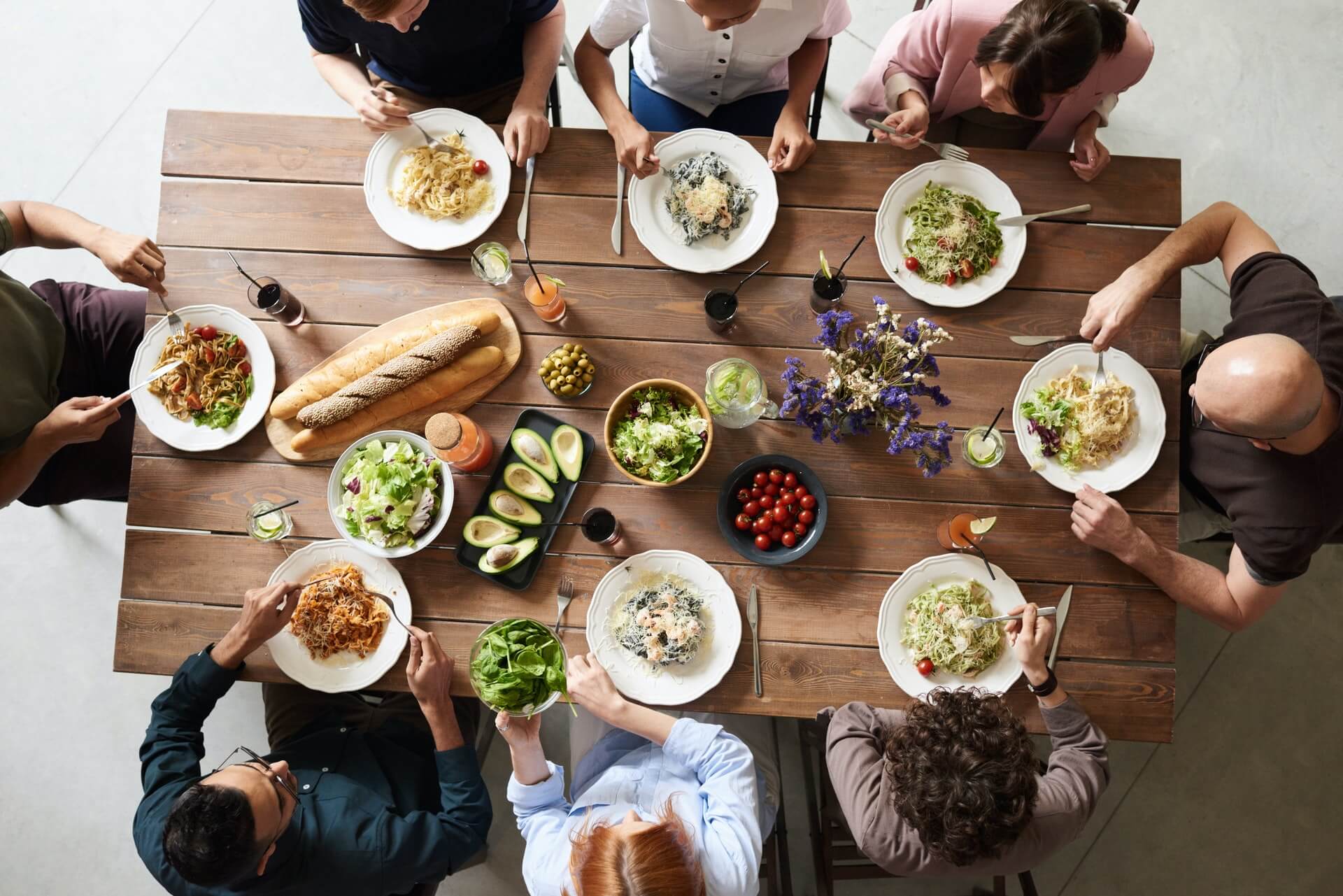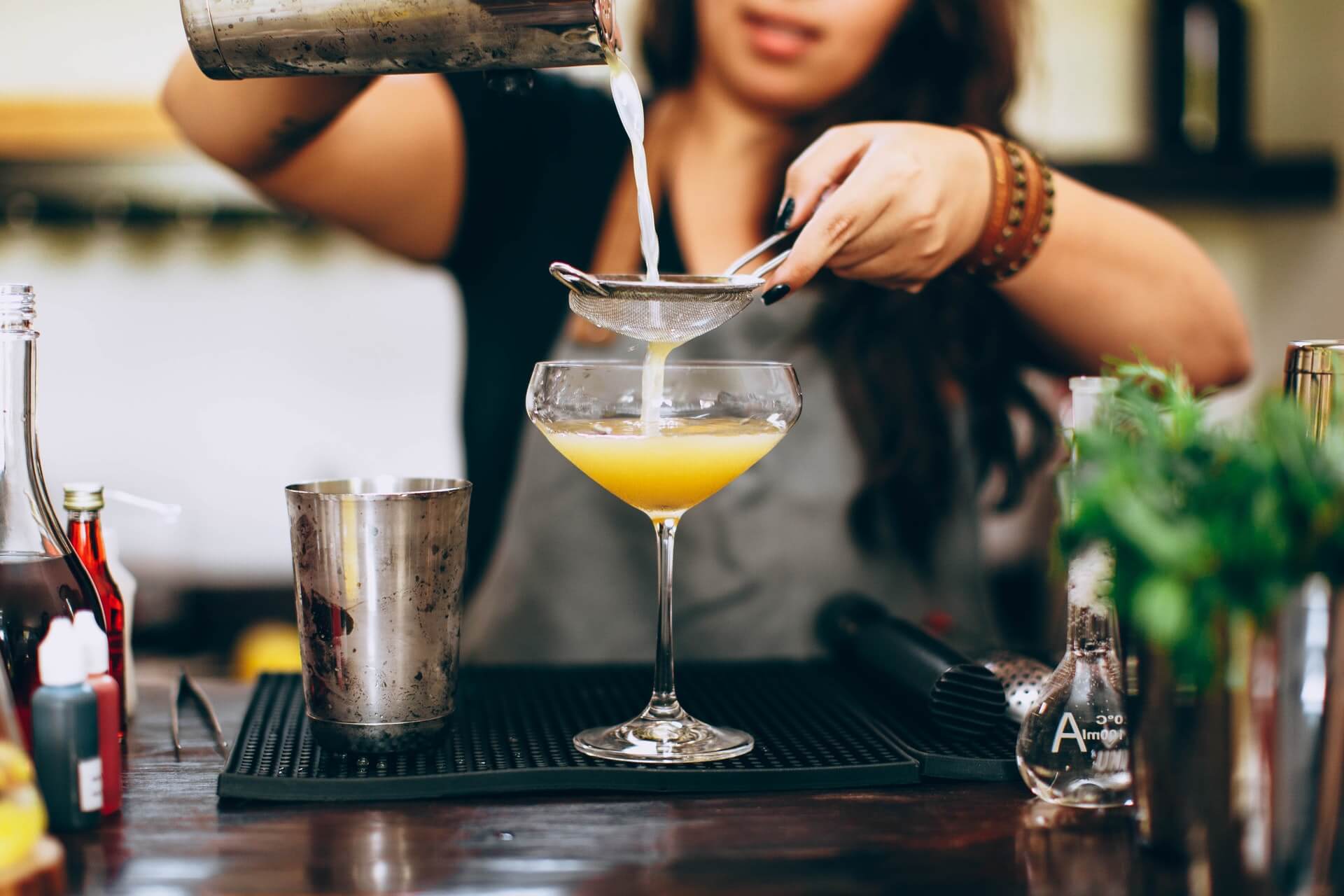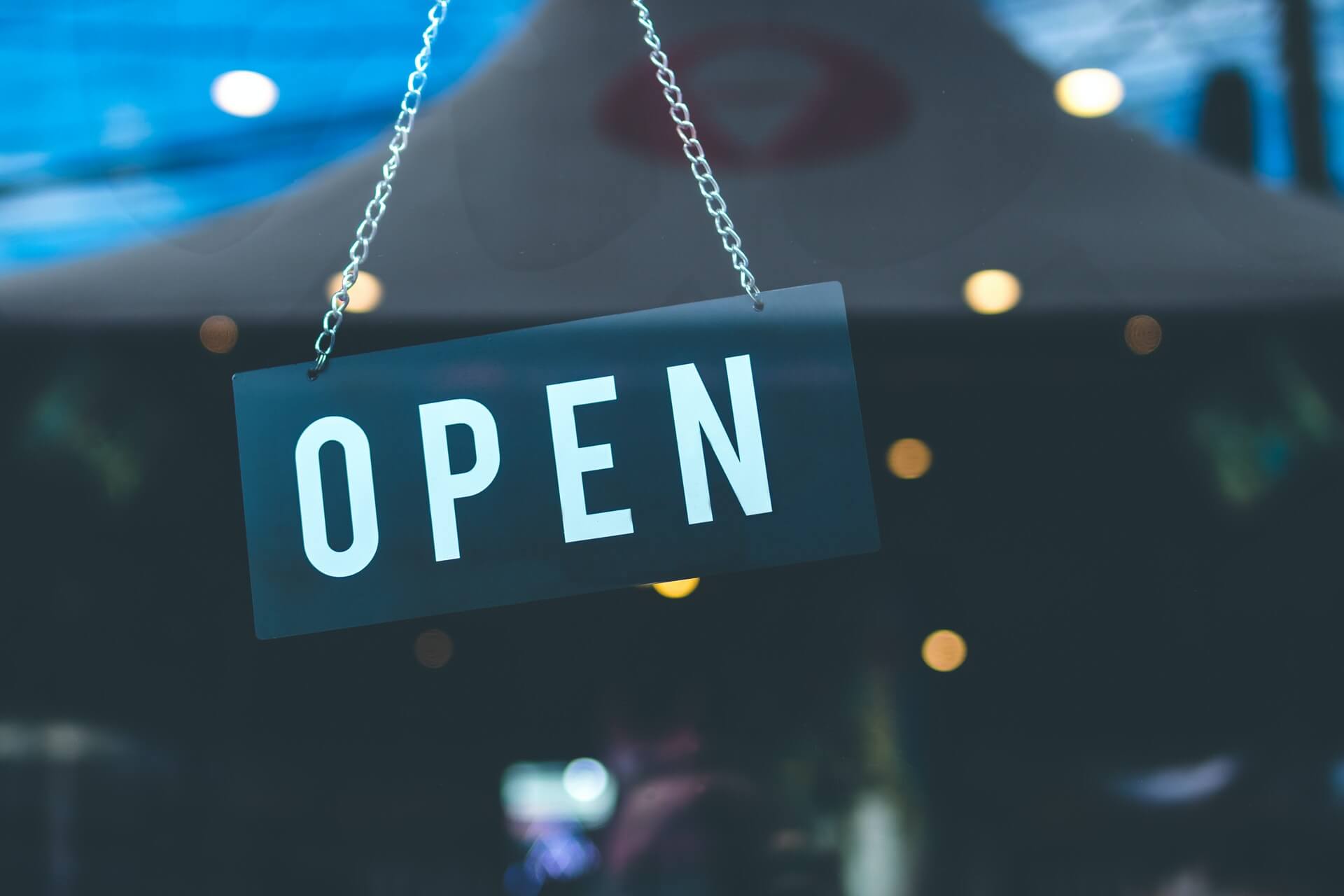Canadian On-premise Sales Stabilizing
by David Klemt

A report from Restaurants Canada and Nielsen CGA shows that on-premise sales are steadying and, in some provinces, growing.
In fact, with the exception of Alberta being slightly down, Canada’s nationwide sales velocity looks promising in comparison to 2019.
Overall, Canada’s on-premise velocity is on the rise. Let’s take a look at how the three main provinces KRG Hospitality services are performing.
Alberta
To say that Alberta is down is a tad misleading. The province’s performance is nearly on par with 2019.
In comparison to 2019, Alberta is just -1 percent below in velocity levels.
Now, in comparison to 2020, the province is +46 percent. However, 2019 is a far more accurate gauge of performance.
While being down one percent is on the surface negative, growth in Calgary and Edmonton is highly encouraging.
In the week to August 21, Calgary’s velocity rose +4 percent, while Edmonton grew +10 percent. Those two cities are responsible for overall growth in velocity in Alberta of +4 percent.
Should the upward trend continue, Alberta will match and surpass 2019 quickly.
British Columbia
Of the three key provinces in which KRG Hospitality operates, BC is the second-best performing in comparison to 2019. Against 2020, BC is the third top performer.
Per Restaurants Canada and CGA, BC velocity is up +12 percent in comparison with 2019’s sales. The province is up +33 percent when compared to 2020.
In Vancouver, velocity is flat rather than experiencing negative growth. Any negative trends, according to the Restaurants Canada and CGA report, is coming from Victoria. That city is down -6 percent.
Ontario
Of our key Canadian markets, Ontario is performing the best overall.
Compare velocity to 2020 and the province is up +48 percent. In comparison to 2019, Ontario’s velocity is up +13 percent.
One can attribute current growth to Toronto. The Ontario city’s performance in the week to August 21 is +4 percent.
Canada
According to the report, sales velocity in Canada is up +2 percent overall.
Compare the country’s overall performance against 2020 and 2019, and Canada is trending upward. The nation’s on-premise velocity is up +41 percent in comparison to 2020 and +11 percent against 2019.
Clearly, the expectation is for the country’s on-premise performance to experience further growth as consumers return to in-person dining and restrictions loosen.
However, it’s important for operators to not simply return to pre-pandemic operations. Consumer behaviors have changed and many pandemic-driven habits—delivery, for example—are now permanent.
Further, now’s the time for those considering proceeding with plans to open restaurants, bars and hotels to move forward. In fact, Travis Tober, the guest from our milestone 50th episode of Bar Hacks, believes there’s no better time than now to open a hospitality venue.
Image: Lewis Parsons on Unsplash






